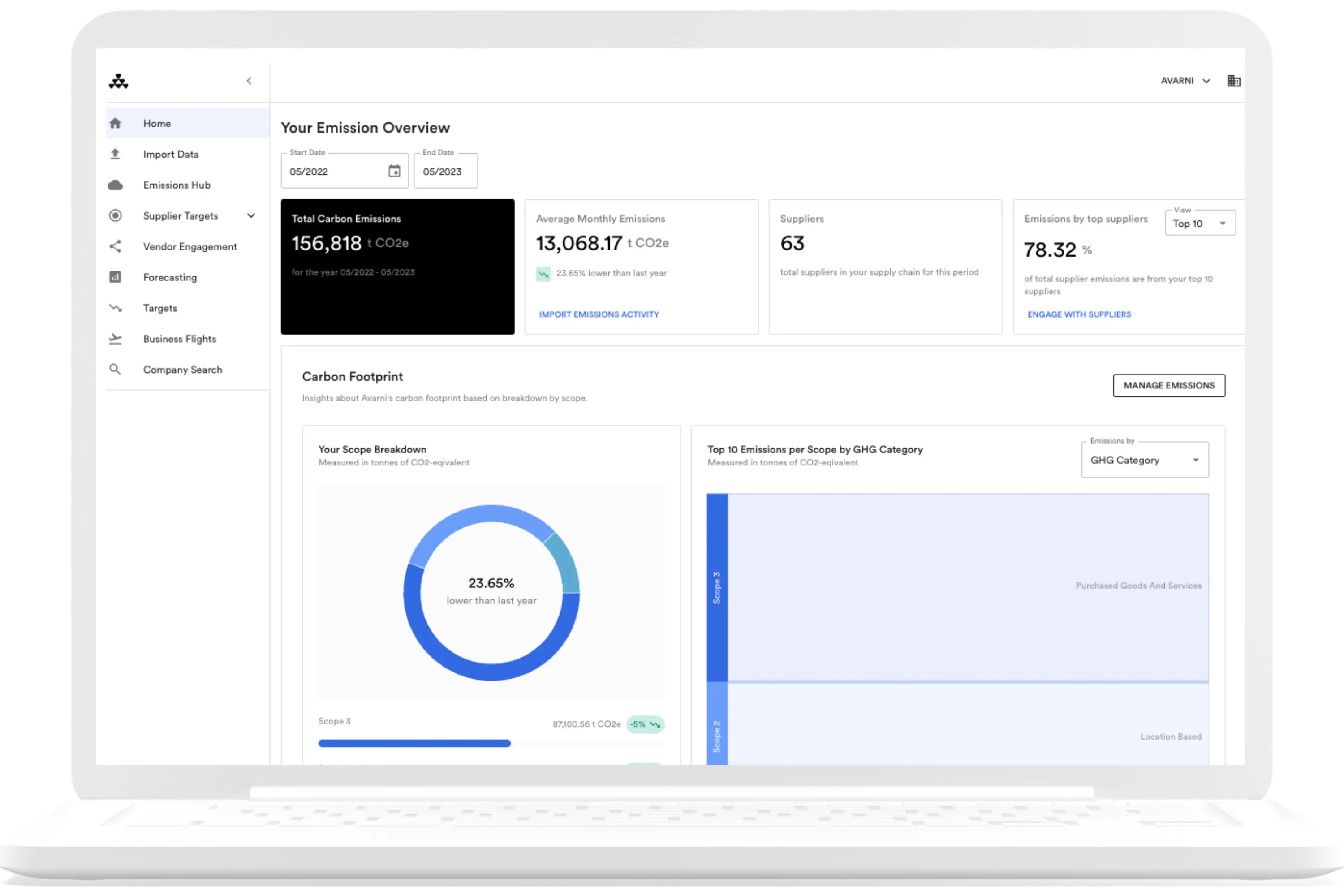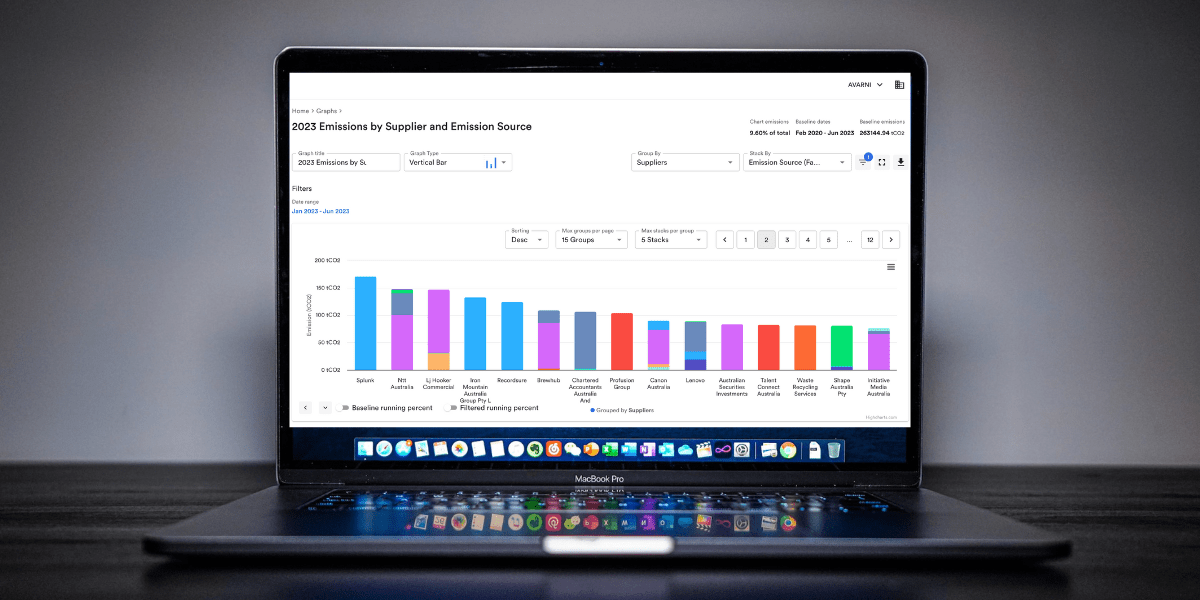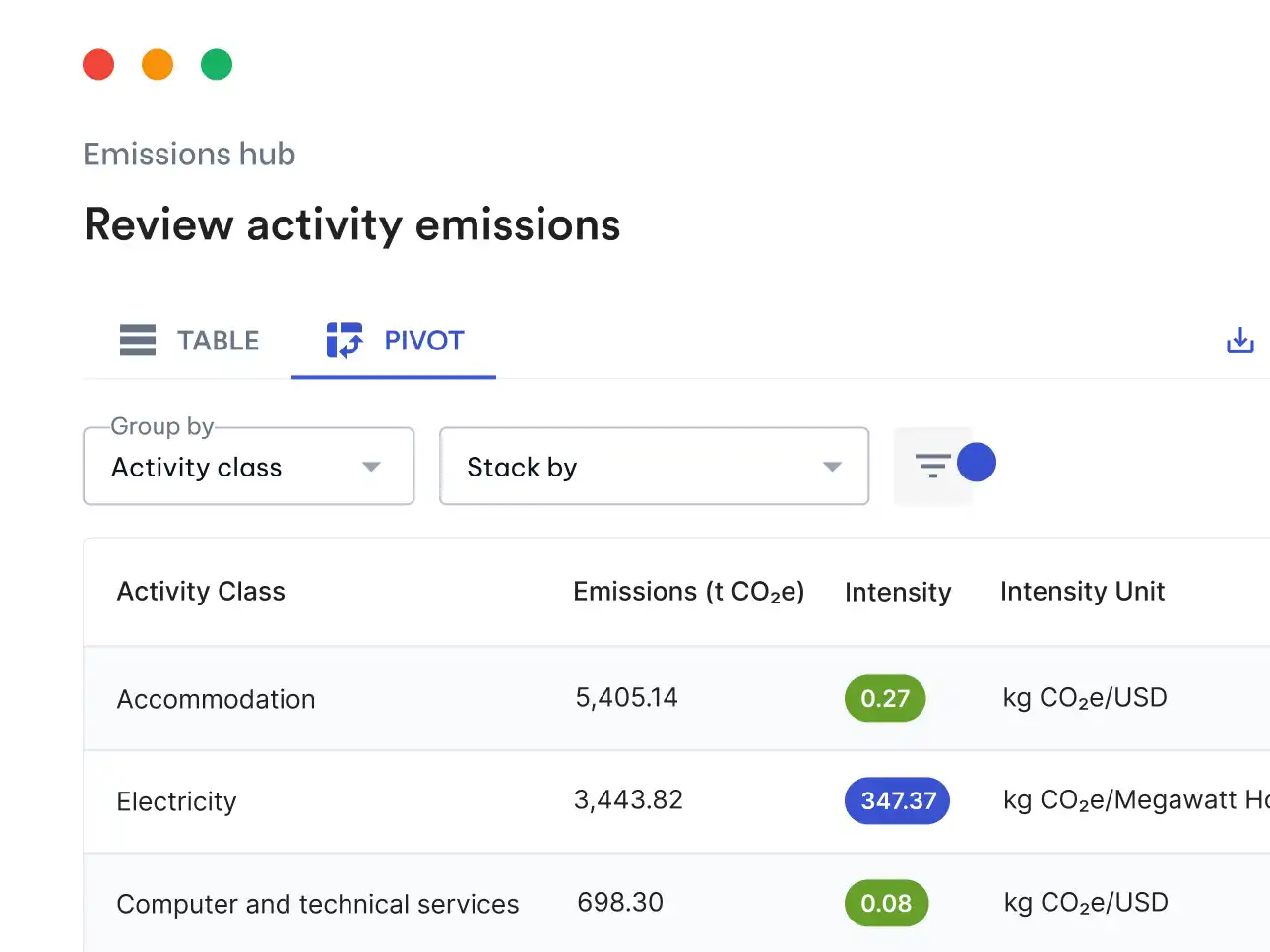The GHG Protocol is the most widely used international carbon accounting tool for government and business leaders to understand, quantify, and manage greenhouse gas emissions. It provides a comprehensive, consistent, and credible framework to measure and manage emissions, and it is essential in helping organizations meet their sustainability goals. This article will provide some background on the GHG Protocol, as well as the reporting standards it has developed.
About the GHG Protocol
The GHG Protocol was created in 1998 by the World Resources Institute (WRI) and the World Business Council for Sustainable Development (WBCSD), when they recognized the need for an international standard for corporate greenhouse gas accounting and reporting. It is designed to help companies, governments, and other organizations understand, quantify, and manage their greenhouse gas (GHG) emissions. The GHG Protocol also provides guidance on how to use the information to develop strategies for reducing emissions and improving sustainability.
GHG Standards
The GHG Protocol supplies the world's most widely used greenhouse gas accounting standards. These include:
Corporate Standard: The GHG Protocol Corporate Accounting and Reporting Standard provides guidance on how organizations can accurately and consistently measure and report their GHG emissions. It sets out the accounting principles and methods needed to calculate an organization’s total GHG emissions.
GHG Protocol for Cities: The Global Protocol for Community-Scale Greenhouse Gas Emission Inventories (GPC) provides a robust framework for accounting and reporting city-wide greenhouse gas emissions.
Mitigation Goal Standard: The GHG Protocol Mitigation Goal Standard provides guidance for designing national and subnational mitigation goals and a standardized approach for assessing and reporting progress toward goal achievement.
Corporate Value Chain (Scope 3) Standard: The Corporate Value Chain (Scope 3) Standard allows companies to assess their entire supply chain emissions impact and identify where to focus reduction activities. We’ll cover the Scope 3 Standard in more detail below.
Policy and Action Standard: The GHG Protocol Policy and Action Standard provides a standardized approach for estimating the greenhouse gas effect of policies and actions.
Product Standard: This standard provides guidance on how to measure and report the GHG emissions associated with a product throughout its life cycle. It is designed to help organizations understand the source of emissions and identify potential opportunities for reducing emissions.
Project Protocol: The GHG Protocol for Project Accounting is the most comprehensive, policy-neutral accounting tool for quantifying the greenhouse gas benefits of climate change mitigation projects.
Scope 3 Standard
Historically, companies have been primarily focused on measuring emissions from their own operations (Scope 1 emissions) and electricity consumption (Scope 2 emissions). However, over 80% of a company’s emissions are indirect — emissions that come from activities that occur in the company’s value chain, but are not directly controlled by the company. These Scope 3 emissions include activities such as the purchase of goods and services, transportation, waste disposal, and business travel.
With the increasing focus on understanding and managing these indirect emissions, the GHG Protocol released The Corporate Value Chain (Scope 3) in 2011. It is the only internationally accepted method for companies to account for indirect emissions from sources that are not owned or controlled by the organization. This standard was developed through a broad, inclusive, multi-stakeholder process over a 3 year period, with over 2,300 participants from 55 countries participating.
The Scope 3 Standard is essential in helping organizations better understand their Scope 3 emissions and take action to reduce their environmental impact. The most recent version of the Standard was released in 2021 and provides comprehensive guidance on how to measure and report Scope 3 emissions, as well as how to develop strategies for reducing them. While the suite of user-friendly guidance and tools developed by the GHG Protocol aims to make Scope 3 accounting more easy and accessible, most companies will seek out carbon management software to fully track, measure, forecast, and reduce their Scope 1-3 emissions.

Benefits of GHG Protocol Standards for reporting
The GHG Protocol is the world's most widely used greenhouse gas accounting standard, with more than 90% of Fortune 500 companies reporting their emissions to the Carbon Disclosure Project (CDP) using it. By leveraging the GHG Protocol, organizations can accurately and consistently measure and report their emissions, identify the source of emissions, engage with suppliers, and develop strategies for reducing emissions and improving sustainability. The GHG Protocol also provides the guidance needed to develop policies and actions to reduce emissions, as well as to understand and quantify each organization’s total GHG emissions. By utilizing the GHG Protocol, organizations can better understand their greenhouse gas emissions and take action to reduce their environmental impact.
The future of the GHG Protocol
The GHG Protocol is continually evolving in order to keep up with the changing landscape of sustainability and climate change. For example, the GHG Protocol is currently working on developing new standards related to climate change and sustainability, such as the Scope 4 Standard. This new standard will provide guidance on how to measure and report emissions from avoided emissions — emission reductions that occur outside of a product’s life cycle or value chain, but as a result of the use of that product — such as low-temperature detergents, fuel-saving tires, energy-efficient ball-bearings, and teleconferencing services.
The GHG Protocol is an essential tool for helping organizations understand, quantify, and manage their GHG emissions, and it will continue to be an essential tool for helping organizations meet their sustainability goals. As the world continues to focus on addressing the climate crisis, the GHG Protocol will remain an essential tool for understanding, quantifying, and managing GHG emissions.





